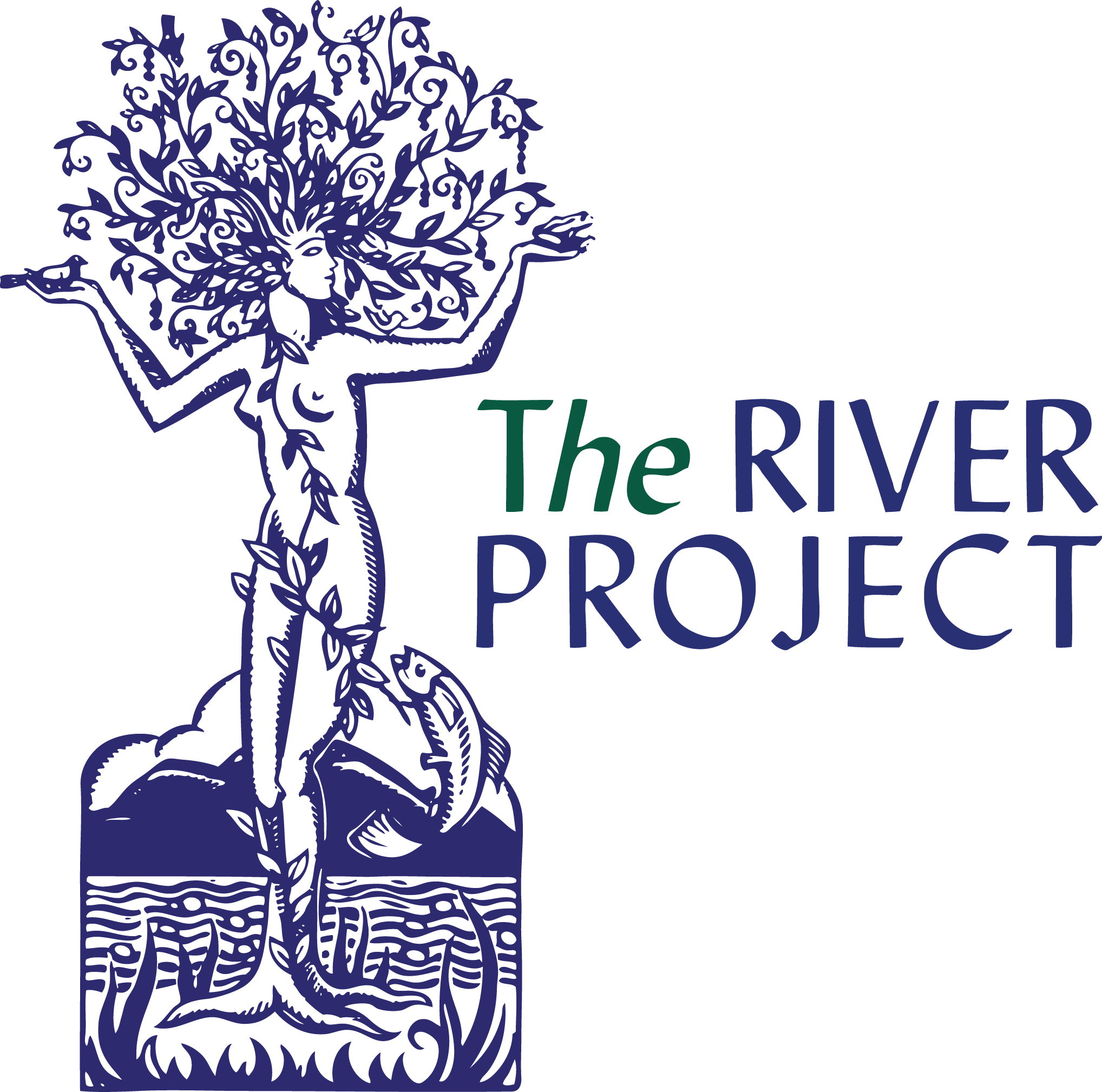Know Your Watershed
wa·ter·shed noun
- A ridge of high land dividing two areas drained by different river systems.
- The region draining into a body of water.
-A turning point
Everyone lives in a watershed, from the great deserts to the tops of the highest mountains. When people think about Los Angeles, they think about Hollywood, about freeways, about shopping, even about earthquakes and droughts, but they don't think about rivers. Our waterways are an important part of our past and our future, and the key to reclaiming them is understanding how they work.
“A watershed is that area of land, a bounded hydrologic system, within which all living things are inextricably linked by their common water course and where, as humans settled, simple logic demanded that they become part of a community.”
The Los Angeles Basin covers 1,000+ square miles of the second-most densely populated metropolitan area in the United States and is made up of several watersheds. These include the Santa Clara watershed in the north, the Ballona Creek/Santa Monica Bay watershed in the west, the San Gabriel in the east, and the Los Angeles River watershed right in the middle of it all. These are further broken down into sub-watersheds, organized by smaller tributaries and local organizational groups. These include Tujunga/Pacoima Wash, Arroyo Seco, Sun Valley, Compton Creek, Dominguez Channel, Upper San Gabriel River, Rio Hondo and Ballona Creek.
In the past, Los Angeles has taken a single-purpose approach to solving issues of water—building dams, levees, stormdrains, or treatment plants—instead of thinking about ecosystem function. However, nature is holistic, and everything is connected and dependent on something else. With single-purpose planning, eventually the solution to one problem creates a new problem elsewhere.
Alternatively, watershed management is a way of working with nature to provide flood protection without sacrificing water supply, degrading water quality or destroying the natural processes of nature’s services. It takes an integrated approach to managing our resources, focusing on multiple benefits and natural regeneration rather than on single purpose solutions, and balancing socioeconomic and environmental impacts.
“The watershed is the first and last nation whose boundaries, though subtly shifting, are unarguable.”
The time has come to stop building single-purpose solutions. We are equipped with the science and the tools to build with nature, rather than against it and to learn from it.
The River Project advocates for watershed planning through evidence-based research and decision-making. Through local action, peer review and collaboration, we develop programs and policies which are designed holistically to create healthy watersheds and in turn create robust climate-resilient communities.
Banner image by Smjafry (Own work) [CC BY-SA 4.0 (https://creativecommons.org/licenses/by-sa/4.0)], via Wikimedia Commons


